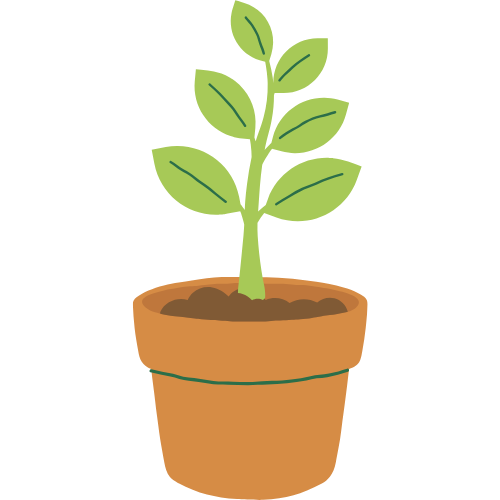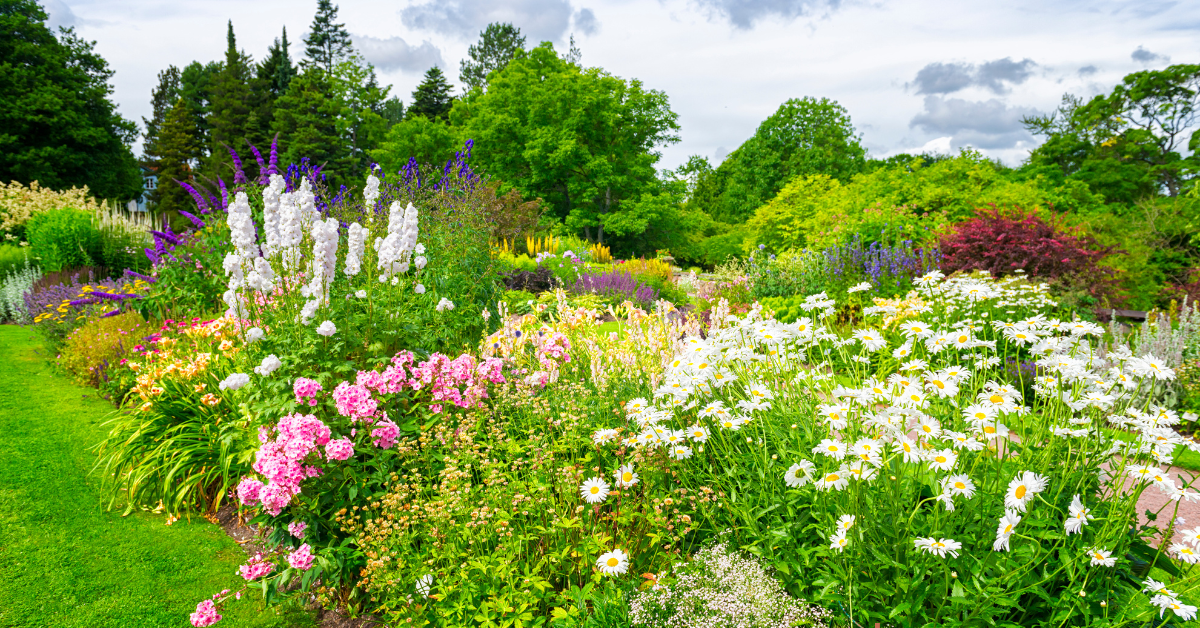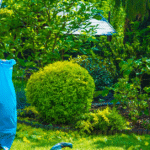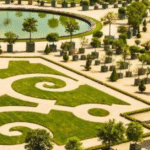The dream of every gardener is a gorgeous, long-lasting, easy-to-maintain landscape: a perennial flower bed provides just that. Perennial plants, as opposed to annuals, will not be replanted annually. When they return, they are as gorgeous, strong, and beautiful as when you first planted them. It may take a bit of time for a perennial bed to reach maturity, but the result is worth it—you will have years of flowers to view and a permanent backbone for your garden.
Advantages of Perennial Plants
There are many advantages to using perennials, which is why they could be viewed as a great plant option by both a new gardener and one who has more experience.
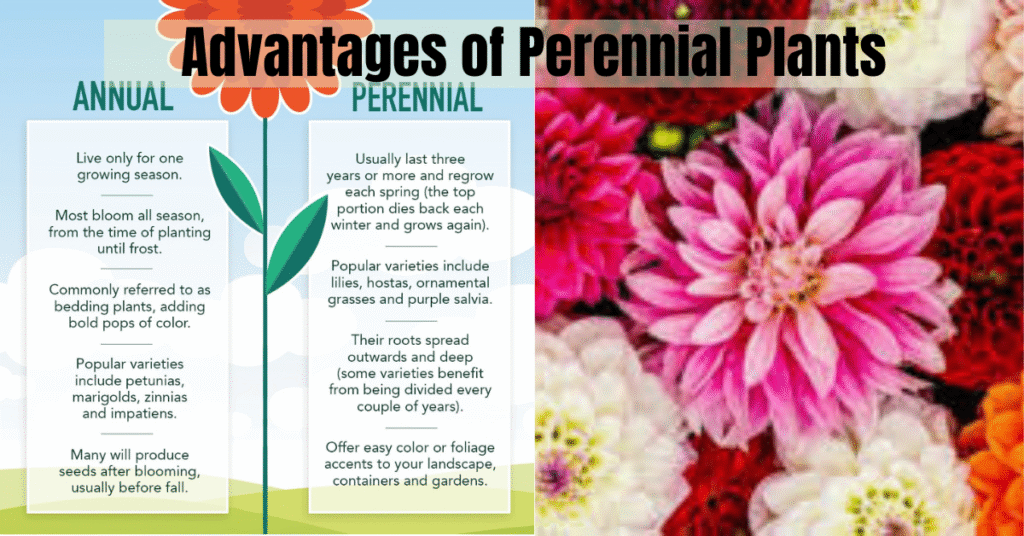
- Less Labor: After being placed, perennials do not need as much labor as annuals. You do not need to go through all the trouble of buying flowers and planting them anew every year.
- Cost-Efficient: You just visit the shop once and can enjoy marvelous blossoms for years. Perennials, in fact, can be subdivided to make more of them without the expenditure of money!
- Long-lasting and Beautiful: Perennials grow bigger every year, and someday you will have a well-established garden structure to build around.
- Pollinator-Friendly: Perennials such as coneflowers and bee balm can supply pollinators with as much nectar as they want and even feed hummingbirds, which results in a healthy backyard ecosystem.
Designing Your Perennial Bed
A well-designed bed is an effective perennial bed. This should be designed correctly at the earliest stage because they are long-lasting plants.

- Seek the Prime Location: Place, like with any garden, is the key element. Ensure that you obtain the right kind of sunlight according to where you would like it, and this depends on what you would like to grow. There are full-sun perennials (6 or more hours of sun), part-shade perennials, and even full-shade perennials.
- Consider Color, Texture, and Height: Play around on paper until you can create a bed design that looks good. Put the tall plants (e.g., delphiniums) in the back, the middle-sized ones in the middle (e.g., coneflowers), and the small, low-growing plants in the foreground (e.g., the creeping phlox). A second tip is to plant some flowers that bloom at different times of the year, thus having color throughout the year as well.
- Choose Your Plants: Try to limit yourself to only choosing perennials that will work well in your climate. Some of the most frequent favorites are as follows:
- Coneflowers (Echinacea): Coneflowers are sun-loving and pollinator favorites.
- Hostas: Hostas grow in shadier locations and have dark-colored, deep-green leaves.
- Daylilies (Hemerocallis): They are very tough and versatile and come in a vast, dazzling array of colors.
- Salvia: This is a drought-resistant plant with long flowering and is common among hummingbirds.
Planting and Caring for Your Bed
Now all you require is to just roll up your sleeves and implement your new-found plan.
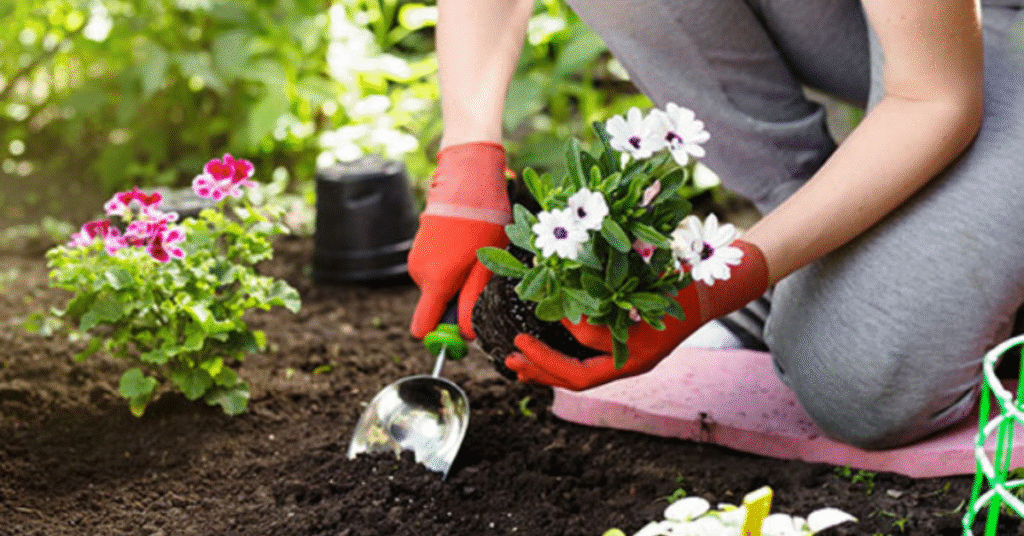
- Prepare the Soil: The perennials are your “old timers,” and thus you need to prepare the soil in the best manner possible. You need to dig your soil to a depth of 12 inches and loosen the bed to provide about a 2-3 inch deep compost base that should provide you with a rich loamy soil.
- Planting: Seeing the root ball as the guide, make the hole twice as wide but not too deep. Plant into it so that the place where the stem meets the roots is at the same level as the ground. Take care when filling the hole and water.
- Watering: It would be advisable to water plants as much as possible during your first growing season so that your perennials can get good roots. Once they are established, they will be far more permanent and possibly only need watering during the dry spells.
- Ongoing Care: To encourage the plant to flower more, they are pruned, or rather, the spent flowers are cut off. The other option you could perform is to get the mature plants separated after two years to avoid overcrowding and to plant another stock to fill your garden.
